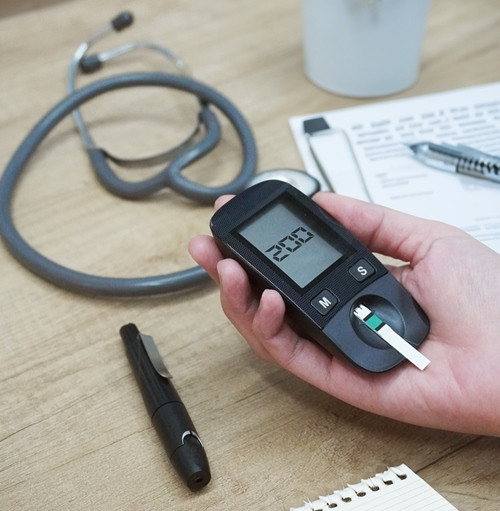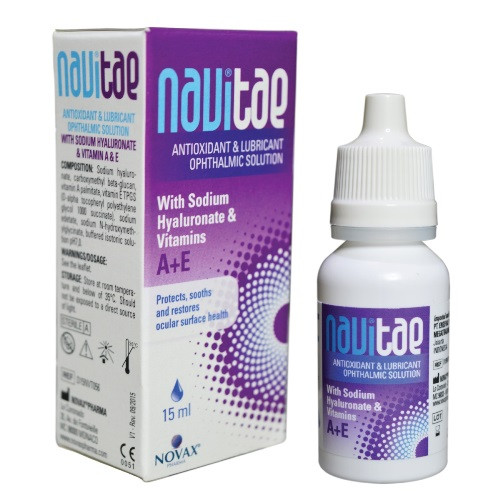Konjungtivitis Bakterial
Pendahuluan dan Fakta
Konjungtivitis bakterial adalah inflamasi konjungtiva yang disebabkan oleh bakteri. Pada konjungtivitis ini biasanya pasien datang dengan keluhan mata merah, sekret pada mata dan iritasi mata (James, 2005).
Konjungtivitis bakterial dapat dibagi menjadi empat bentuk, yaitu hiperakut, akut, subakut, dan kronik. Konjungtivitis bakteri hiperakut biasanya disebabkan oleh Neisseria gonnorhoeae, Neisseria kochii dan Neisseria meningitidis. Bentuk yang akut biasanya disebabkan oleh Streptococcus pneumonia dan Haemophilus aegyptyus. Penyebab yang paling sering pada bentuk konjungtivitis bakteri subakut adalah Haemophilus aemophilus influenza dan Escherichia coli, sedangkan bentuk kronik paling sering terjadi pada konjungtivitis sekunder atau pada pasien dengan obstruksi duktus nasolakrimalis (Jatla, 2009).
Konjungtivitis bakterial biasanya mulai pada satu mata kemudian mengenai mata yang sebelah melalui tangan dan dapat menyebar ke orang lain. Penyakit ini biasanya terjadi pada orang yang terlalu sering kontak dengan penderita, sinusitis, dan keadaan imunodefisiensi (Marlin, 2009).
Patofisiologi
Jaringan pada permukaan mata dikolonisasi oleh flora normal seperti streptococci, staphylococci dan jenis Corynebacterium. Perubahan pada mekanisme pertahanan tubuh ataupun pada jumlah koloni flora normal tersebut dapat menyebabkan infeksi klinis. Perubahan pada flora normal dapat terjadi karena adanya kontaminasi eksternal, penyebaran dari organ sekitar ataupun melalui aliran darah (Rapuano, 2008).
Penggunaan antibiotik topikal jangka panjang merupakan salah satu penyebab perubahan flora normal pada jaringan mata, serta resistensi terhadap antibiotik (Visscher, 2009).
Mekanisme pertahanan primer terhadap infeksi adalah lapisan epitel yang meliputi konjungtiva, sedangkan mekanisme pertahanan sekundernya adalah sistem imun yang berasal dari perdarahan konjungtiva, lisozim dan imunoglobulin yang terdapat pada lapisan air mata, mekanisme pembersihan oleh lakrimasi dan berkedip. Adanya gangguan atau kerusakan pada mekanisme pertahanan ini dapat menyebabkan infeksi pada konjungtiva (Amadi, 2009).
Gejala Klinis dan Komplikasi
Gejala-gejala yang timbul pada konjungtivitis bakteri biasanya dijumpai injeksi konjungtiva baik segmental ataupun menyeluruh. Selain itu, sekret pada kongjungtivitis bakteri biasanya lebih purulen daripada konjungtivitis jenis lain, dan pada kasus yang ringan sering dijumpai edema pada kelopak mata (AOA, 2010).
Ketajaman penglihatan biasanya tidak mengalami gangguan pada konjungtivitis bakteri, namun mungkin sedikit kabur karena adanya sekret dan debris pada lapisan air mata, sedangkan reaksi pupil masih normal. Gejala yang paling khas adalah kelopak mata yang saling melekat pada pagi hari sewaktu bangun tidur. (James, 2005).
Diagnosis
Pada saat anamnesis yang perlu ditanyakan meliputi usia, karena mungkin saja penyakit berhubungan dengan mekanisme pertahanan tubuh pada pasien yang lebih tua. Pada pasien yang aktif secara seksual, perlu dipertimbangkan penyakit menular seksual dan riwayat penyakit pada pasangan seksual. Perlu juga ditanyakan durasi lamanya penyakit, riwayat penyakit yang sama sebelumnya, riwayat penyakit sistemik, obat-obatan, penggunaan obat-obat kemoterapi, riwayat pekerjaan yang mungkin ada hubungannya dengan penyakit, riwayat alergi dan alergi terhadap obat-obatan, dan riwayat penggunaan lensa-kontak (Marlin, 2009).
Pengobatan dan Perawatan
Terapi spesifik konjungtivitis bakteri tergantung pada temuan agen mikrobiologiknya. Terapi dapat dimulai dengan antimikroba topikal spektrum luas. Pada setiap konjungtivitis purulen yang dicurigai disebabkan oleh diplokokus gram-negatif harus segera dimulai terapi topikal dan sistemik . Pada konjungtivitis purulen dan mukopurulen, sakus konjungtivalis harus dibilas dengan larutan saline untuk menghilangkan sekret konjungtiva (Ilyas, 2008).
Referensi:
Konjungtivitas bakterial [Internet]. Available from: http://repository.usu.ac.id/bitstream/handle/123456789/31458/?sequence=4


















